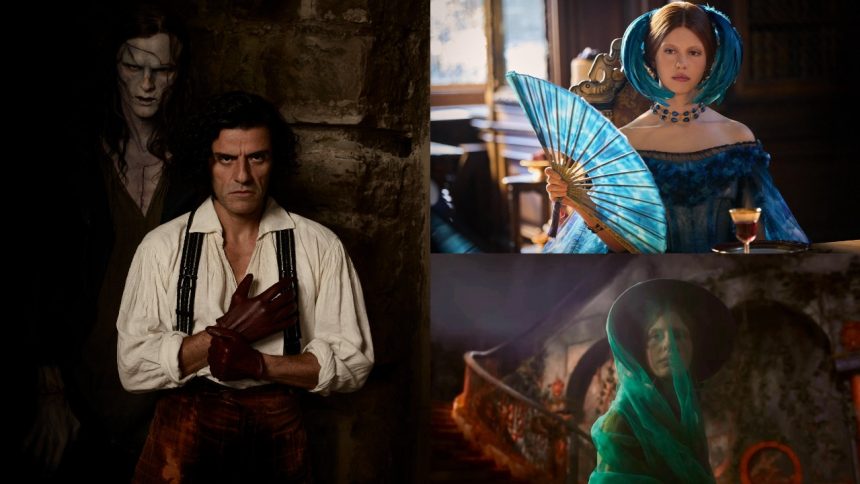In Mary Shelley’s timeless Gothic novel, Frankenstein, the pursuit of knowledge and its tragic consequences take center stage, but the story is equally anchored by the domestic world and the promise of love. The man at the center of this storm, Victor Frankenstein, is indeed married, and his relationship with his wife is a pivotal force that drives the narrative toward its heartbreaking conclusion. Her fate is inextricably linked to the monster’s wrath, making her far more than a minor character; she is a symbol of everything Victor stands to lose through his monstrous ambition. Understanding her role provides a deeper appreciation of the novel’s emotional core and its tragic mechanics.
The character who becomes Victor Frankenstein’s wife is Elizabeth Lavenza. Her introduction in the novel establishes her as an angelic figure of perfect goodness and beauty, and she is integrated into the Frankenstein family from a very young age. In the novel’s 1818 edition, she is presented as Victor’s cousin, while in the more widely known 1831 edition, she is adopted by the Frankensteins from a peasant family in Italy.
Regardless of the version, she grows up alongside Victor in their Geneva home, and from the beginning, it is the last wish of Victor’s dying mother, Caroline, that the two eventually marry. Elizabeth thus represents the ideal of womanhood, domestic happiness, and the comfort of family, serving as a constant and stark contrast to the dark, isolated world of scientific obsession that Victor plunges into.
You Might Like: How Fernando Mendoza’s Family Forged a Hoosier Leader
The Tragic Arc of Elizabeth Lavenza
Elizabeth’s story is one of tragic victimhood. While Victor is away at university, bringing his creature to life, and later as he deals with the horrific repercussions, Elizabeth remains at home, a patient and loyal figure. She writes him letters, cares for the family, and waits for his return, largely functioning as a passive presence in the background of Victor’s tumultuous life. This passivity makes her a target for the creature’s vengeance. After Victor refuses the creature’s demand to create a female companion, the monster vows, “I will be with you on your wedding night.” This threat hangs over the entire latter part of the novel.
Victor, in a fatal misjudgment, assumes the monster’s threat is directed at his own life. He spends his entire wedding journey in a state of paranoia, believing he is the intended victim. This leads him to be completely unprepared for the creature’s true objective. On their wedding night, after Victor has left Elizabeth alone in their bridal chamber to patrol the halls, the monster strikes. He murders Elizabeth, strangling her just as he had Victor’s younger brother, William.
Only Monsters Play God.
Frankenstein, a film by Guillermo del Toro, is on Netflix this November. #TUDUM pic.twitter.com/geUPc563w6
— Netflix (@netflix) June 1, 2025
This act is the creature’s ultimate revenge, destroying the person Victor holds most dear and ensuring his creator’s total desolation. In the 1994 film adaptation, Mary Shelley’s Frankenstein, this storyline is altered significantly. In that version, played by Helena Bonham Carter, Elizabeth is killed by the monster and then reanimated by Victor, only to ultimately commit suicide. However, in Shelley’s original novel, Elizabeth’s death is final and serves as the catalyst for the final act of the story.
Also See: Nancy Pelosi Portfolio: How Trades Built a $280M Fortune
The Deeper Meaning of the Bride
The concept of a “bride” in the Frankenstein narrative extends beyond Elizabeth. The creature himself desperately desires a companion, arguing that his evil nature stems from his profound loneliness and isolation. He pleads with Victor to create a female counterpart for him, a “bride” with whom he can live away from humanity. Victor initially agrees, moved by the creature’s logic and fearing further violence, but he ultimately destroys the half-finished female creature before animating her. He is gripped by a vision of this pair spawning a “race of devils” that could plague humanity. This denied bride becomes a symbol of the creature’s lost chance for happiness and connection, solidifying his path as a vengeful monster.
mia goth as lady elizabeth harlander lavenza in frankenstein (2025) edit fancam fc sour switchblade by elita pic.twitter.com/XiJIX0Fvv6
— slshersmedia 📂 (@rustvance) November 9, 2025
The most iconic visual representation of this concept comes from the 1935 film Bride of Frankenstein, where Elsa Lanchester plays both Mary Shelley in the prologue and the magnificent, hissing Bride. In the film, the Bride is created for the monster by Victor and his mentor, Dr. Pretorius. In a scene that has become cinematic legend, she is brought to life, only to reject the monster in utter horror, sealing both their tragic fates. This filmic interpretation has forever shaped the popular image of the “Bride of Frankenstein,” a character who, while not present in the novel in this form, powerfully embodies the themes of rejected creation and the desperate, universal need for companionship.
The new Frankenstein movie from Guillermo del Toro is currently streaming on Netflix.



